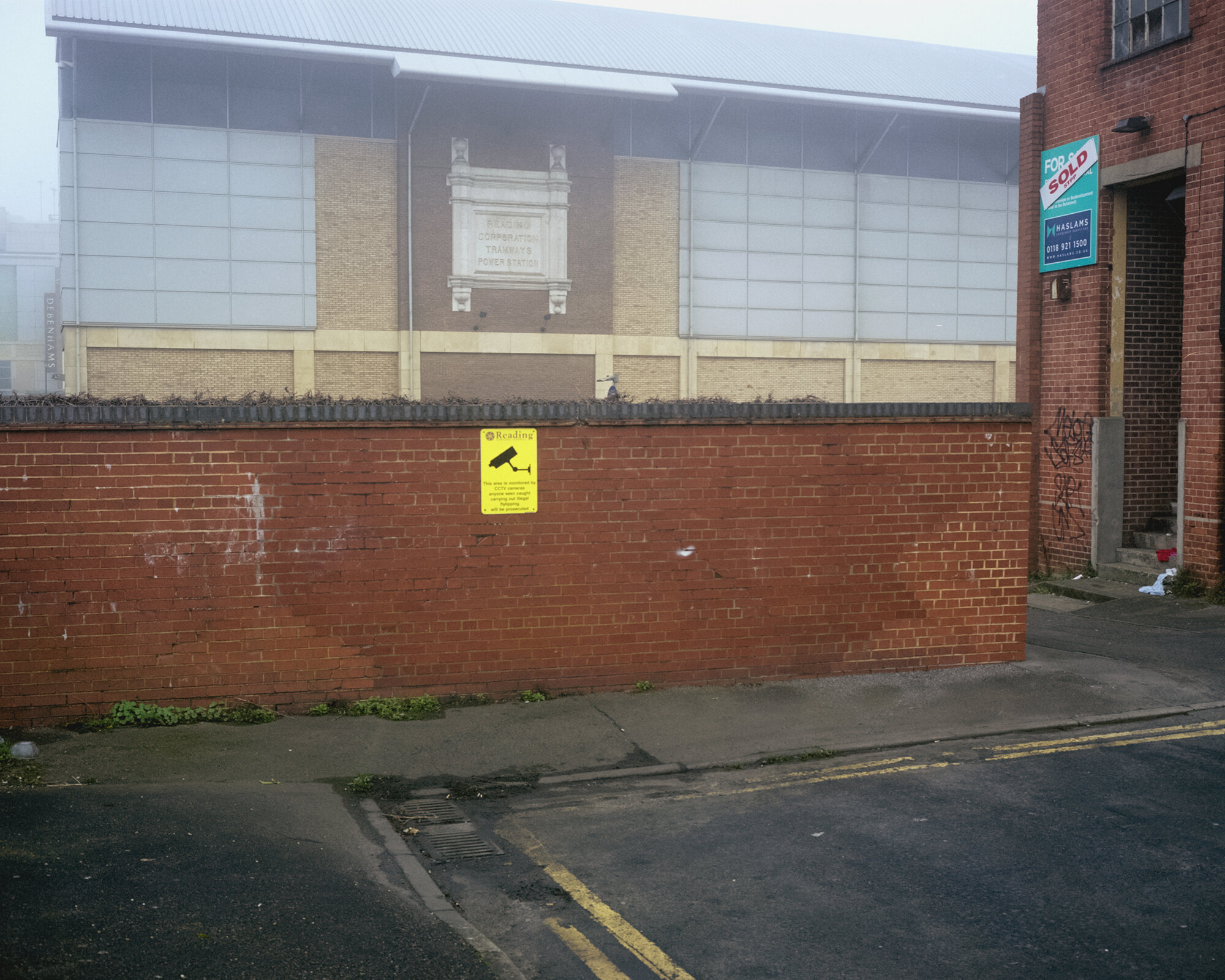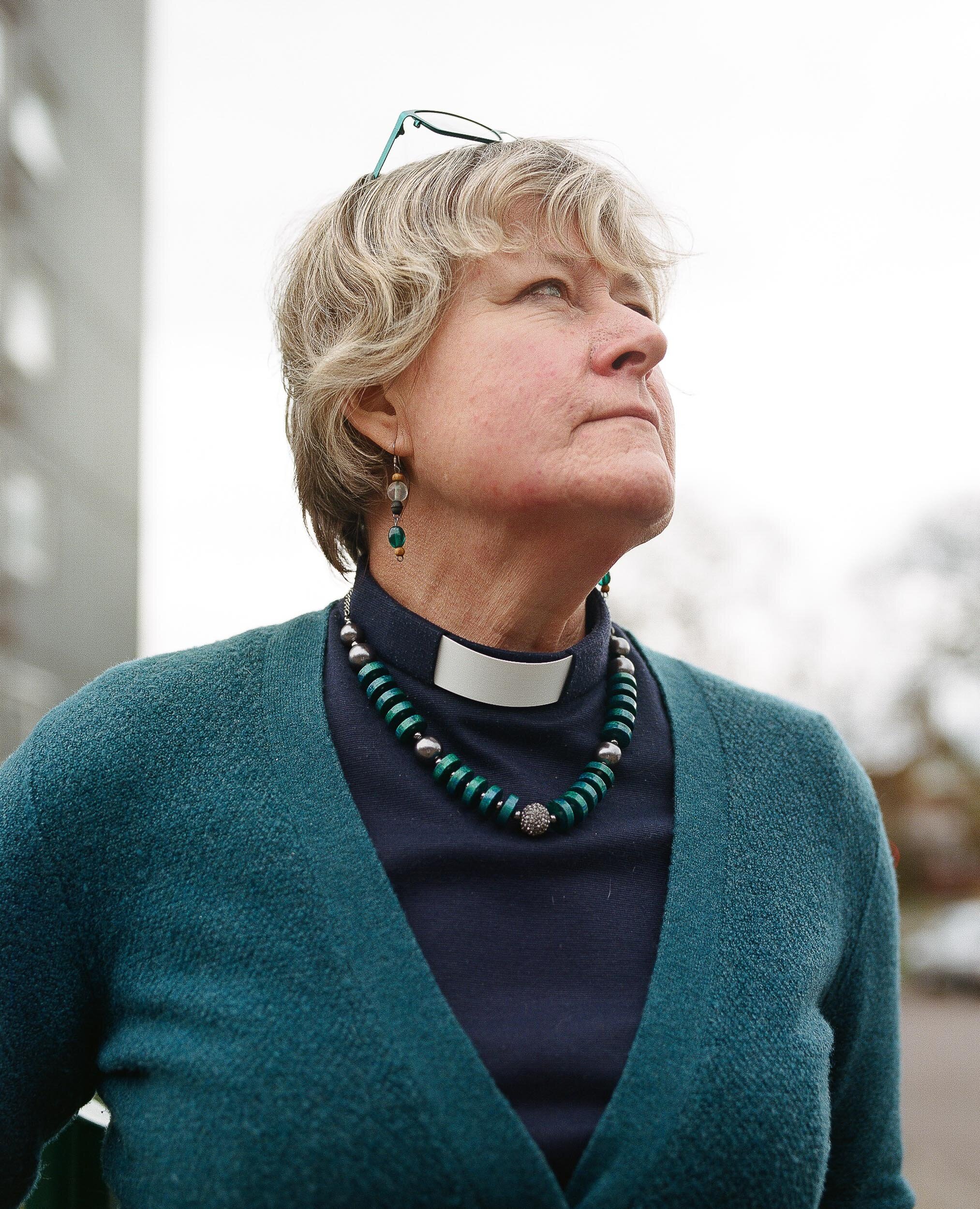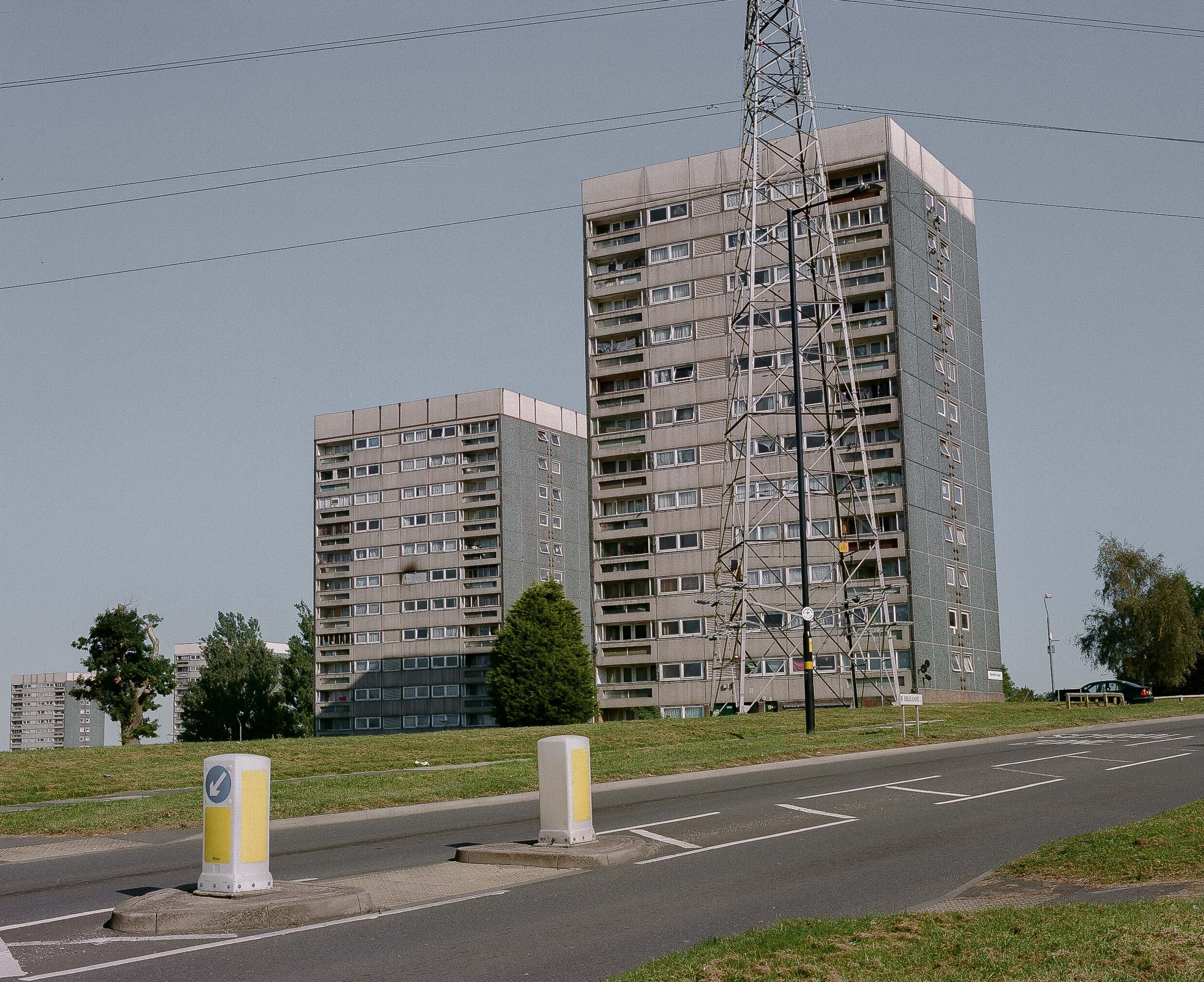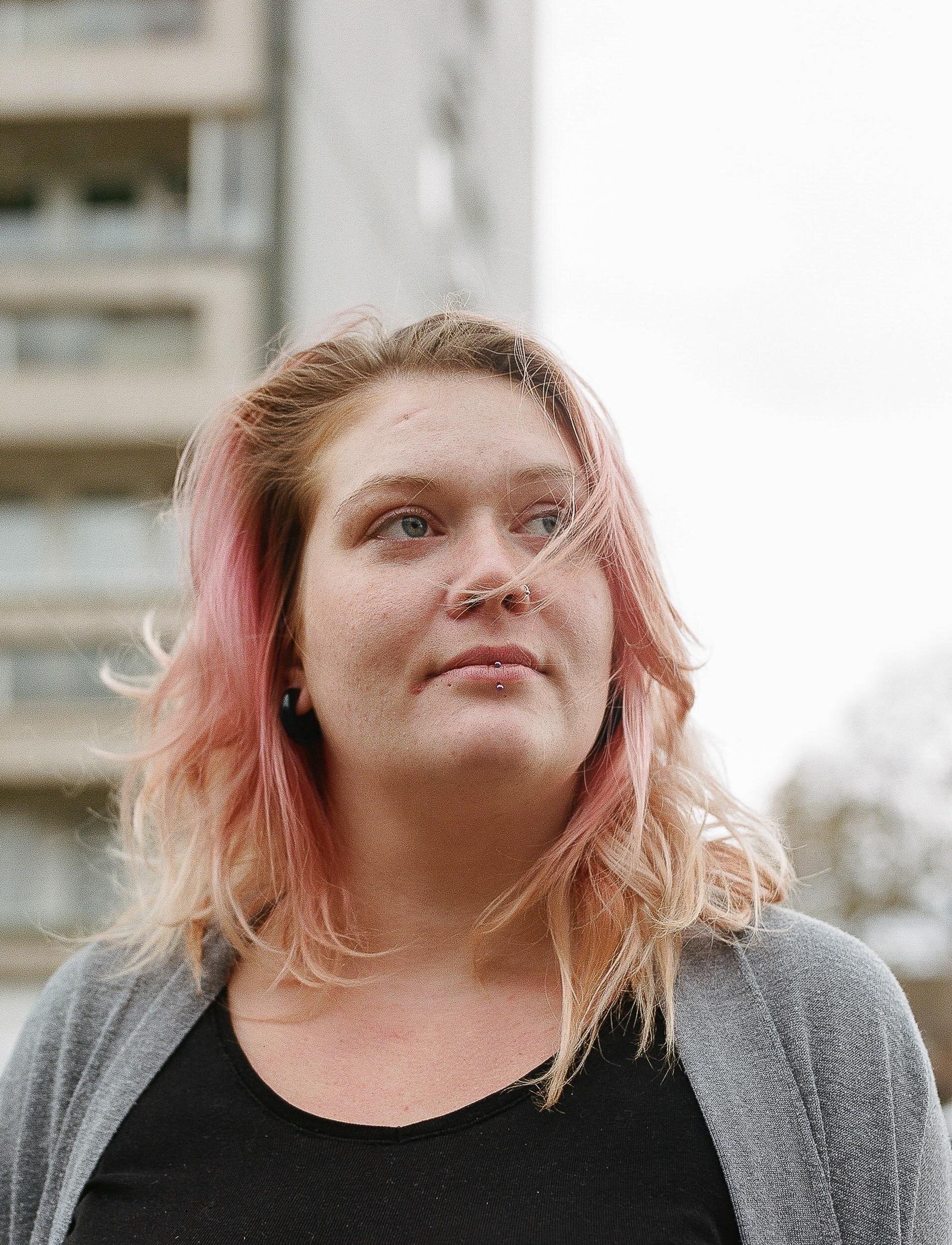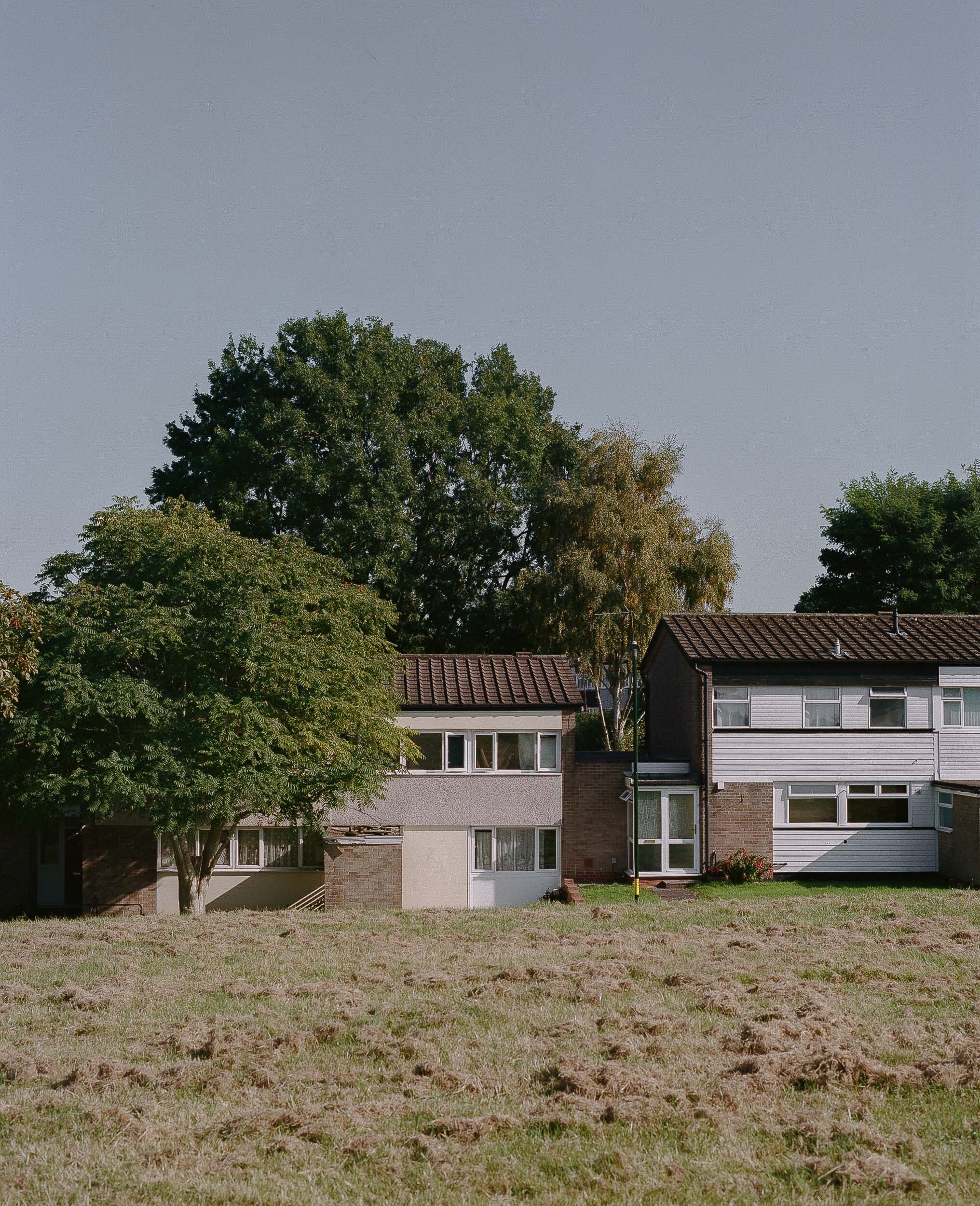In “Ordinary Intimacy” you chose to portray, amongst other things, some unforgiving urban scapes that create a sense of abandon and decadence. Urban design and architecture determine the aesthetics of a place and could offer hints on its residents. Did you have a specific place or demographic in mind when choosing the places you photographed?
I have a general interest in looking for contrasts, I find contradictions naturally attractive and most of the time, one way or another they become the theme of my work. These photographs were all around the contrast between the idea of what a place was designed for, what it was meant to embody and symbolise and what it’s the actual reality. Whether there was a disconnection between the architectural concept and its context, or whether the passing of time made that place obsolete, those photos were trying to represent those fractures.
The Robin Hood Gardens, a controversial social housing, where its core idea of streets in the sky surrounding a central garden has not been able to generate that envisaged social interaction, but created a concrete ghetto instead. Lots of antennas outside, so people can be locked inside. The staircase leading to the seaside built during the fascism, was meant to be a grandiose moment, the arrival to the beach, symbol of the growing economic power of the tourism; nowadays that grand-staircase is not much different than a sewage canal.
So rather than specific places or demographics, this is what I look for, incongruity and divergences. I often try to show them through irony, as a tool to highlight the immediate jarring elements, while also sparkling some criticism at a deeper level. Sometimes the irony is in the picture itself or sometimes it arises when pairing one image with a second one. The whole point is to slow down the reading process of the photos, to let the viewer occupy the space in the images, while completing what’s been left out of the frame with personal memories.
Ordinary Intimacy is a project about banal things, moments without expectations, transitory views, things you’ve seen, but you haven’t really looked at, so the fact that I have chosen to show a number of unforgiving urban-scapes is because in our everyday life there is much more of that, than breath-taking beauty.
We just don’t register it, because it is not special enough.






















